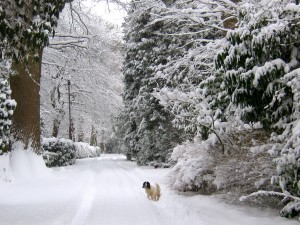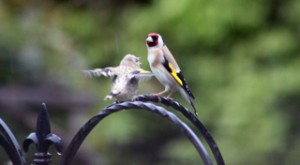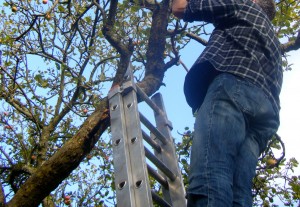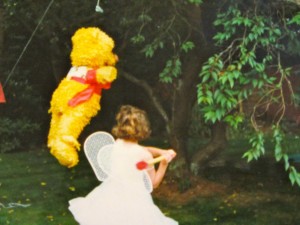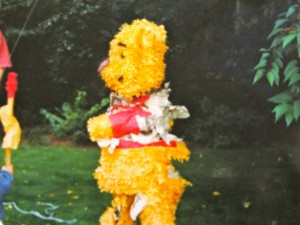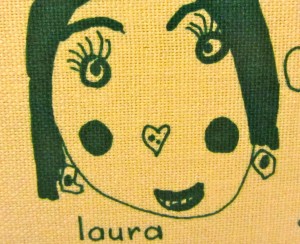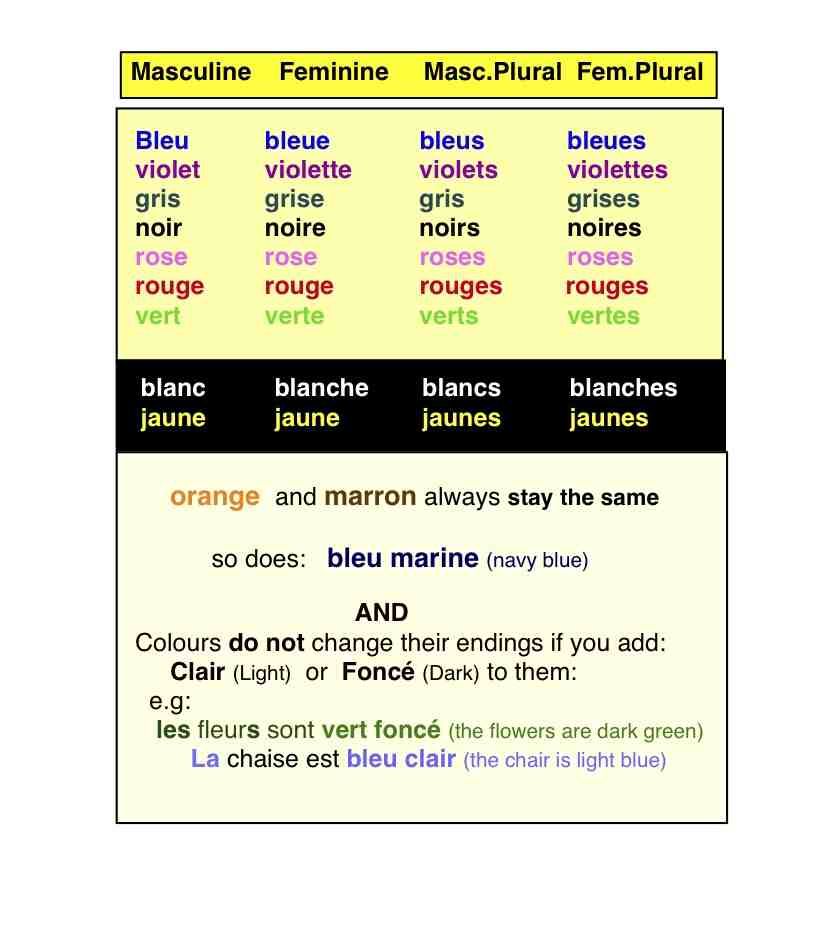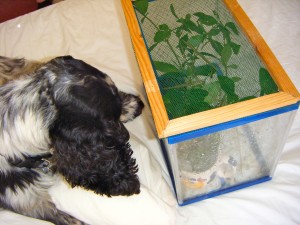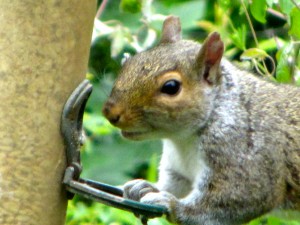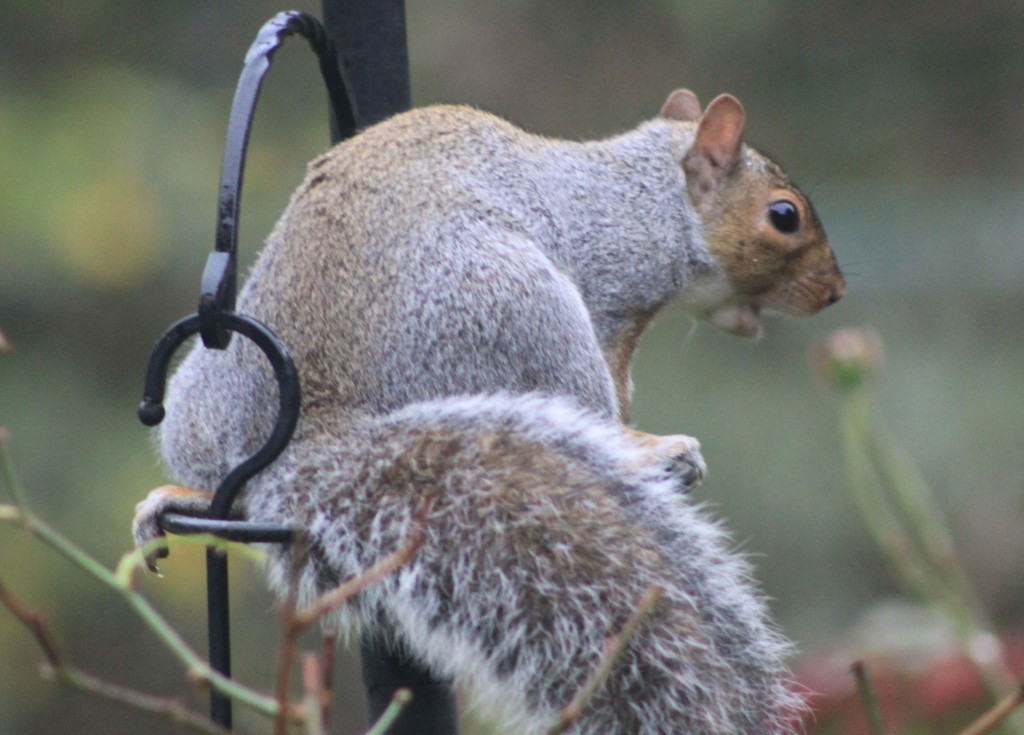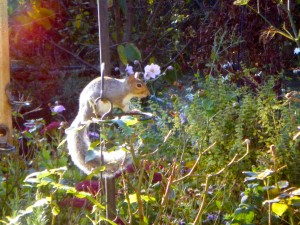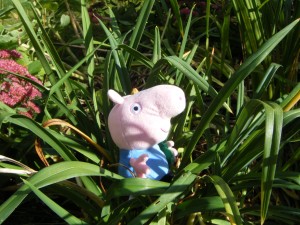Winter in Spanish – El Invierno
Es el invierno = It is winter
Me gusta el invierno = I like winter
Hace frío = It is cold
No me gusta el invierno = I don’t like winter
Hace demasiado frío = It is too cold
demasiado = too (much)
La nieve = snow
Hay nieve en invierno = There is snow in winter
Nevar = to snow
Está nevando = it is snowing
La lluvia = rain
Llueve mucho en invierno = it rains a lot in winter
Llover = to rain
Está lloviendo = It is raining
La niebla = fog
Hay niebla en invierno = There is fog in winter
Winter Story in Spanish
Video + Worksheet + friendly description of snowy weather, snowmen, ice, snow and friendly activities.
Hace frío = it is cold
Tiene frío = he/she is cold
Está helado = it is freezing, frozen
un abrigo = a coat
Necesita un abrigo = he/it needs a coat
Los pájaros necesitan comida = The birds need food
un hombre de nieve = a snowman
Videos
2. Repeat with only Spanish subtitles
3. Repeat with audio in Spanish AND English
Video Transcript in Spanish
:
¡El Invierno!
¡Hace frío! Hay nieve.
¡Hay mucha nieve!
Me preocupo por los pájaros.
¡Necesitan comida!
¡Está helado!
¿Reconocen esta figura de nieve?
Billy está orgulloso de su hombre de nieve.
Los perros juegan en el bosque.
¡Ay no! ¡La nieve se está pegando al piel de los perros!
¡Mira su carita!
Este perro tiene un abrigo.
Y este perrito tiene un abrigo …
¡Pero todavía tiene frío!
¡Este niño quiere esquiar!
¡A Maggie le encanta la nieve!
¡Está saltando!
¿Qué pasó Maggie?
¡Pobrecita!
QUESTIONS
(Find the answers in the text + video clip)
1. What is the weather like?
¿Qué tiempo hace?
…
2. What do the birds need?
¿Qué necesitan los pájaros?
…
3. What is Billy proud of?
– ¿Billy está orgulloso de qué?
…
4. Where do the dogs play?
– ¿Dónde juegan los perros?
…
5. Who has a coat?
– ¿Quién tiene un abrigo?
…
6. What does the boy want to do?
– ¿Qué quiere hacer el niño?
…
7. What is Maggie doing* in the snow?
– ¿Qué está haciendo Maggie en la nieve?
…
* For more on ‘Doing’ in Spanish for beginners go to:
Ser and Estar + Doing

